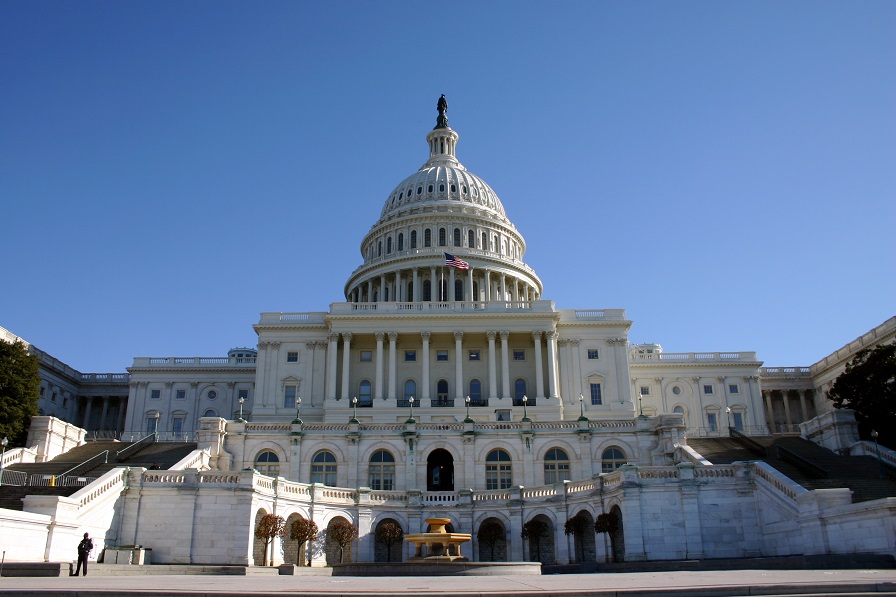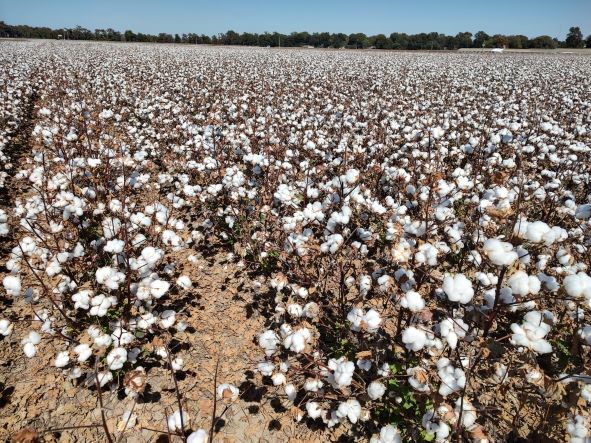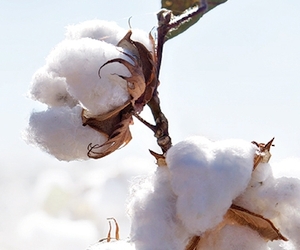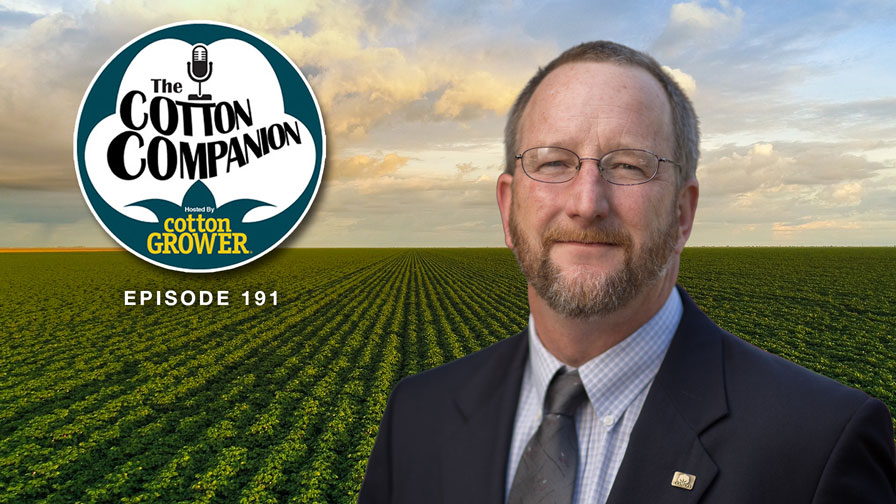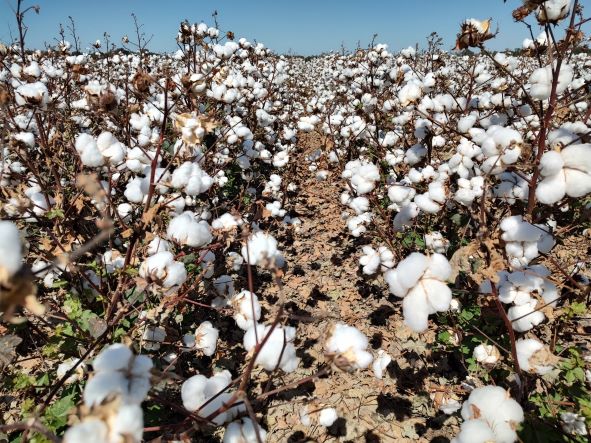Looking Ahead by Looking Back
Our annual Cotton Grower acreage survey of growers is in this issue on page 14. The projection is that 12.475 million acres will be planted this spring, up from USDA’s 2010 final planted acreage of 10.909 million — an increase of just over 1.5 million acres, or up just slightly over 14%.
Some economists have projected that as high as 13 million acres will be planted, while others say slightly less than 12. Who actually knows until cotton, corn and soybeans go into the ground? All three are at extremely high prices at the moment. Where will they be when it’s time to plant? Again, who knows? But Mother Nature and prices will have the effects they always do.
With hindsight being 20/20, let’s take a look back at where we’ve been, because history does repeat itself, and almost always with commodities, it begins with a trend. There’s hardly anyone better to see these trends than Allenberg Cotton Co. CEO Joe Nicosia, who gives one of the first cotton market outlooks during the Mid-South Farm and Gin Show each spring.
• 2007: “I think we can sum it up in the main headlines — the new challenges from grains and soybeans. Right now cotton is not very dynamic, and it’s putting stress on the system,” Nicosia said. “The job of the market is to curtail cotton acreage to grow more oilseeds and corn.” That spring, U.S. acreage dropped from almost 15 million Upland acres the previous year, to 10.5. U.S. carryover was 9.4 million bales, or a stocks-to-use ratio of 52.82%.
• 2008: It turned out that 10.5 million planted acres did very little to help the reduction in supplies. “In the nearby months, we are faced with selling an immense 8.7 million-bale surplus,” said Nicosia. We didn’t get that done — we planted about 9.3 million acres, but the stocks-to-use actually increased to 55.11%.
• 2009: “In every year after a recession, with the exception being 1980, we had at least a 10% increase in consumption,” Nicosia said. Consumption did increase, but acreage dropped again (8.98 million). At that point, the market began to do its job — the stocks-to-use ratio fell to 37.6%.
• 2010: With carryover down to 2.2 million bales at the end of the 2009/10 marketing year, the rebound had begun. Said Nicosia: “We think this is one of the best opportunities we’ve seen in years to plant cotton, and we hope you’ll take advantage of it.” After dropping to about 50 cents per pound in ’08, cotton prices have exploded, reaching $1.50 this winter for the nearby month on the New York Board of Trade. The larger question is: Will we have any cotton left before this fall’s harvest?
• Which brings us to 2011: As I write this on December 15, November soybeans are $12.22 per bushel on the Chicago Board, and December corn at $5.30 per bushel. But the fight for acreage is on and cotton is again a player with December cotton flirting with $1. One noted cotton economist, who has been a prophet lately, says $1.30 may be coming.
Sometimes acreage projections are really nothing more than a measure of current attitudes. Planted acreage can only do three things — it can go up, it can go down, or it can stay the same. Duh. But you told us it will be up. Dollar cotton does that.




